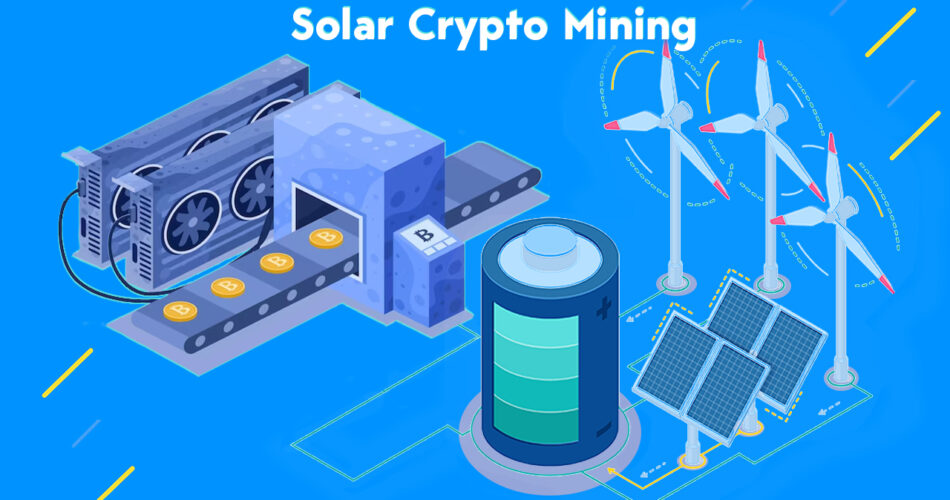Having pioneered the innovative journey of mining with solar panels, we in WoolyPooly stand at the forefront of a sustainable revolution in the cryptocurrency domain. Our expertise in harnessing the sun’s energy to mine digital gold is not just a testament to our commitment to the environment but also a beacon for the future of crypto mining.
Table of Contents
Why Solar Crypto Mining is the Future
The cryptocurrency landscape is undergoing a significant transformation, and at the heart of this change is the shift towards sustainable energy sources, particularly solar energy. Here’s a deeper dive into why solar crypto mining is poised to be the future of the industry:
The Unsustainability of Traditional Mining
Traditional crypto mining operations, especially those of major cryptocurrencies like Bitcoin, are notorious for their energy consumption. Large-scale mining farms often operate 24/7, drawing vast amounts of electricity. This not only leads to an enormous carbon footprint but also translates to hefty electricity bills. With the increasing global focus on sustainability and carbon neutrality, such energy-intensive practices are becoming less viable.
The Economic Challenge of Conventional Mining
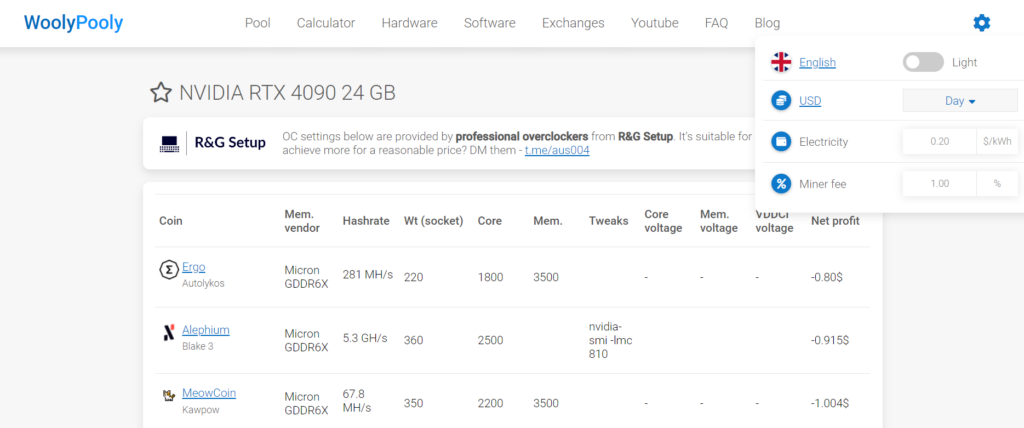
As the crypto market matures, the rewards for mining have seen a gradual decrease, especially for well-established cryptocurrencies. This reduction in rewards, combined with the rising difficulty of mining algorithms, means that miners are earning less than before. When you factor in the cost of standard electricity bills, many miners find their operations teetering on the brink of unprofitability. In some regions, after accounting for electricity costs, the profit margins are razor-thin or even negative.
The Solar Solution
Solar energy offers a way out of this conundrum. By harnessing the power of the sun—a free and abundant energy source—miners can drastically reduce their operational costs. Once the initial investment in solar infrastructure is covered, the ongoing costs are minimal. This means that even as mining rewards diminish, the profit margins can remain healthy due to the reduced energy expenditure.
Energy Independence and Reliability
Relying on traditional power grids can be problematic. There’s always the risk of outages, fluctuations, or even regulatory challenges. Solar crypto mining operations, especially those equipped with energy storage solutions, can operate independently of the grid. This autonomy ensures a consistent mining operation, free from external interruptions.
A Positive Environmental Footprint
Beyond the economic benefits, solar crypto mining offers an environmental advantage. By reducing the reliance on fossil fuels and tapping into clean solar energy, mining operations can significantly lower their carbon emissions. This not only benefits the planet but also positions the mining operation as environmentally responsible, which can be a valuable proposition in today’s eco-conscious market.
Decoding the Power of the Sun
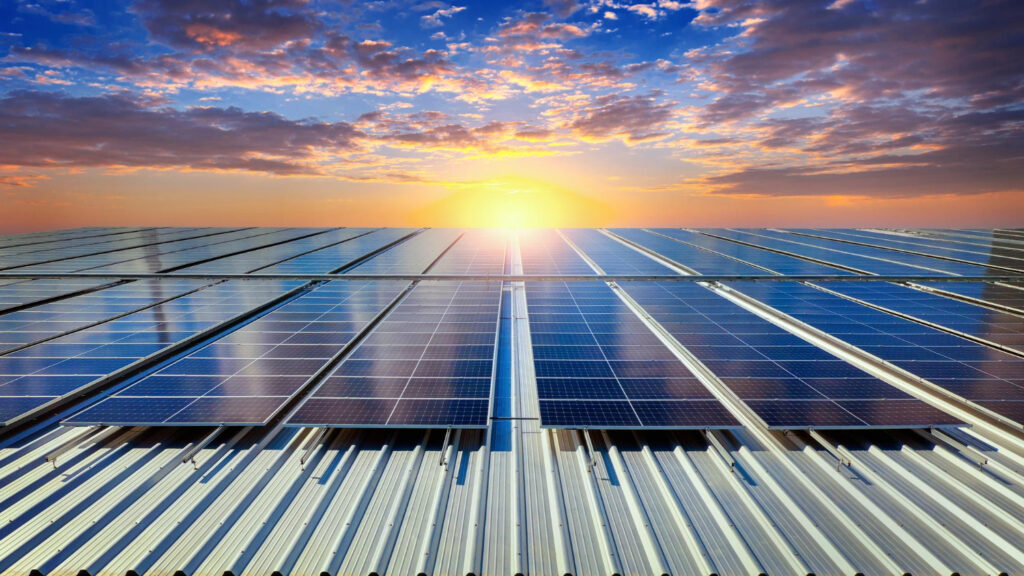
The sun, a colossal ball of burning gas, has been the primary energy source for our planet for billions of years. Its immense power not only sustains life but also holds the potential to revolutionize the way we generate and consume energy. As we delve deeper into understanding solar energy, it becomes evident that this ancient power source is more relevant today than ever before.
The Science Behind Solar Energy
Solar energy is derived from the sun’s rays. When these rays, composed of tiny packets of energy called photons, hit a solar cell, they dislodge electrons from their atoms. As these electrons flow through the cell, they generate electricity.
Types of Solar Energy Systems
There are primarily two types of solar energy systems: photovoltaic (PV) and concentrated solar power (CSP). While PV systems convert sunlight directly into electricity using semiconducting materials, CSP systems concentrate the sun’s energy using mirrors or lenses and then use it to drive a heat engine connected to an electricity generator.
Efficiency and Advancements
The efficiency of solar panels, which refers to the portion of sunlight’s energy that can be converted into electricity, has been steadily increasing over the years. Modern technologies and research are pushing these boundaries further, making solar panels more efficient and cost-effective.
Solar Energy Components Chart:
| Component | Description | Function | Advantages |
|---|---|---|---|
| Solar Panels (PV Cells) | Thin plates that capture sunlight | Convert sunlight directly into electricity | Modular, scalable, and increasingly efficient |
| Inverters | Devices that convert DC to AC | Make solar-generated electricity usable for homes and businesses | Modern inverters improve efficiency and allow for energy monitoring |
| Solar Batteries | Energy storage units | Store excess solar energy for use during non-daylight hours | Enhance energy independence and ensure uninterrupted power supply |
| Mounting Systems | Structures to hold solar panels | Allow optimal orientation of panels towards the sun | Can be fixed or tracking (which follow the sun’s movement) |
| Charge Controllers | Regulate voltage and current | Ensure batteries are charged optimally without overcharging | Protect and extend the life of batteries |
| Concentrated Solar Systems (CSP) | Use mirrors or lenses to focus sunlight | Generate heat to drive a heat engine connected to a generator | Ideal for large-scale solar power plants |
Crafting Your Solar-Powered Mining Rig

The sun, with its abundant and renewable energy, offers a promising solution to the power-hungry nature of crypto mining. But how does one go about setting up a solar-powered crypto mining rig? Let’s delve into the intricacies of crafting this green mining powerhouse.
1. Preliminary Assessment
Before diving into the setup, it’s crucial to evaluate the feasibility of a solar-powered mining operation in your location.
- Solar Potential: Depending on your geographical location, the amount of sunlight you receive can vary. Using tools like solar insolation maps can provide insights into the average sunlight hours and intensity your area receives.
- Energy Requirements: Determine the power consumption of your mining hardware. This will give you an idea of how many solar panels you’ll need to sustain your mining operations.
2. Essential Components:
Solar Panels
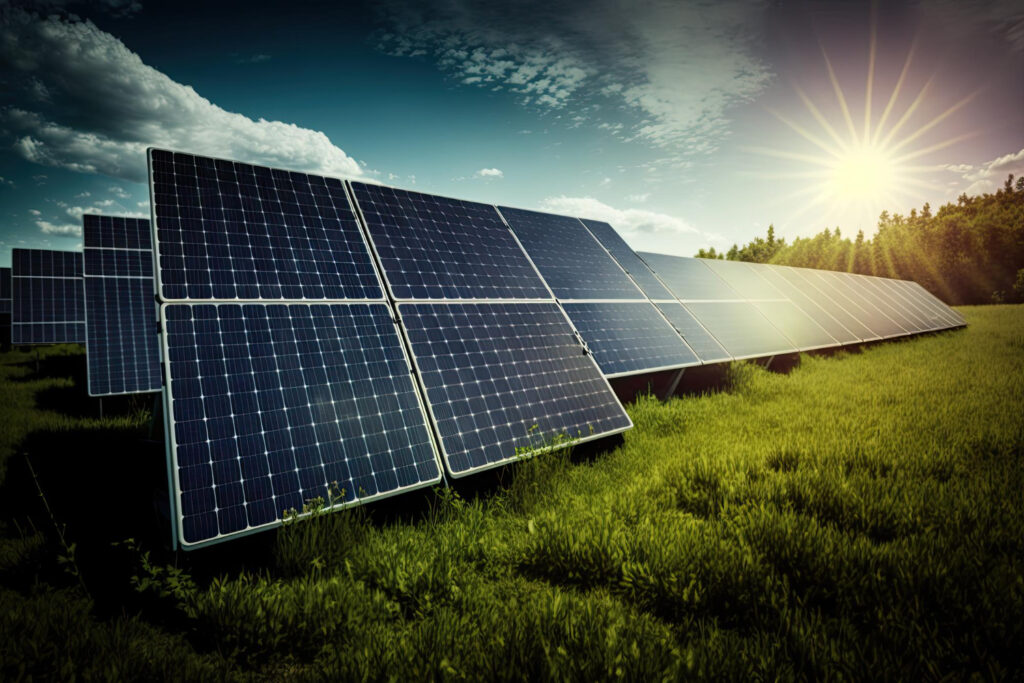
The primary source of energy. Depending on your energy needs and budget, you can choose between monocrystalline and polycrystalline panels. Monocrystalline panels are generally more efficient but come at a higher cost.
Inverters
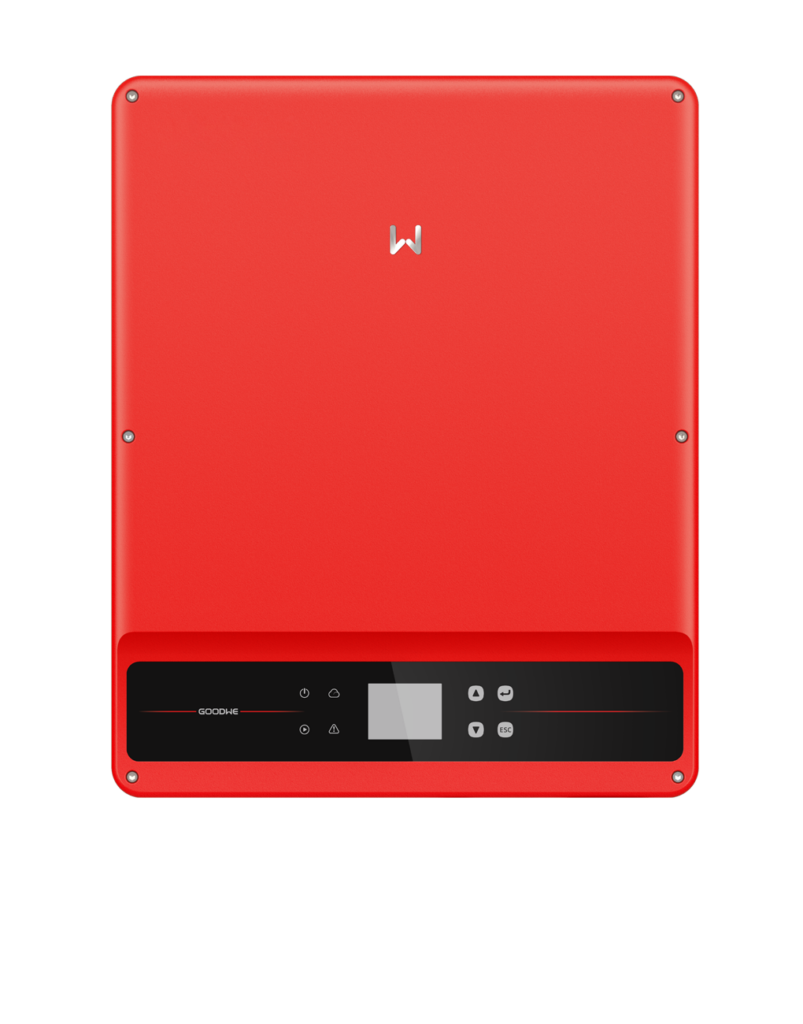
Given the high energy demands of mining rigs, especially when multiple units are in operation, standard residential inverters won’t suffice. Instead, commercial inverters that can support at least 25 kW are essential. These inverters are designed to handle the high power loads of industrial operations, making them ideal for mining setups. They also come with enhanced features like advanced cooling, better efficiency rates, and more robust build quality to withstand continuous operation.
Batteries
For a mining operation, it’s not just about storing energy; it’s about how quickly that energy can be discharged. Given the power-hungry nature of mining rigs, batteries need to have both high capacity and high discharge rates. This ensures that the stored energy can be delivered quickly to meet the demands of the mining hardware.
Just like inverters, standard residential batteries won’t meet the demands of a mining operation. Commercial-grade batteries, designed for industrial applications, are essential. These batteries can store larger amounts of energy and deliver it at the rates required for continuous mining.
Mining Hardware
This includes the actual GPU of FPGA computers or ASIC devices that will be doing the mining. The choice of hardware will depend on the cryptocurrency you intend to mine.
Cooling Systems
Mining hardware can generate significant heat. Depending on your setup’s size and location, you might need cooling solutions like fans or even dedicated cooling systems.
3. Setting Up Your Rig:
Site Selection

Choose a location that receives maximum sunlight throughout the day. Avoid places with obstructions like tall buildings or trees.
Installation
Begin with setting up the solar panels. Ensure they are angled optimally to capture the maximum amount of sunlight. Connect the panels to the inverters and batteries. Ensure all connections are secure and waterproofed, especially if your setup is outdoors.
Connecting the Mining Hardware
Once your solar setup is ready and tested, connect your mining hardware to the system. Ensure the hardware is protected from external elements, especially if it’s located outside.
Monitoring and Maintenance
Regularly monitor your system’s performance. Check the health of batteries, the efficiency of solar panels, and the performance of your mining hardware. Regular maintenance can prevent potential issues and ensure your rig operates at peak efficiency.
4. Safety Considerations:
- Protection Against Overcharging: Using charge controllers can prevent batteries from overcharging, which can be harmful and reduce battery life.
- Weatherproofing: If your setup is outdoors, ensure all components are protected from rain, dust, and other environmental factors.
- Regular Inspections: Periodically inspect all connections, cables, and components for wear and tear or damage.
Analyzing Costs and Returns
The transition to solar-powered mining rigs is not just an environmentally conscious decision but also a financially strategic one. However, to make an informed choice, it’s essential to understand the costs involved and the potential returns on investment. Let’s break down the financial aspects of setting up a solar-powered mining rig.
1. Initial Investment:
Solar Panels
The cost of solar panels varies based on efficiency, brand, and location. As of October 2023, the average cost for a 5 kW solar system in various states ranges from $12,900 in Texas to $14,100 in Massachusetts, New York, and New Jersey. [Source: Solar-Estimate.org]
Inverters
These devices convert the DC electricity produced by solar panels into AC electricity suitable for mining rigs. The cost can range from a few hundred to a couple of thousand dollars, depending on capacity and features.
Batteries
Essential for storing excess energy for nighttime mining, battery costs can vary widely based on capacity and technology. High-capacity lithium-ion batteries, for instance, come at a premium but offer longer lifespans and better efficiency.
Mining Hardware
The cost here depends on whether you’re setting up GPU rigs or ASIC miners. Remember, an average GPU mining rig consumes around 3 kW, while an ASIC can range between 3 to 5 kW.
2. Operational Costs:
Maintenance
Solar panels require minimal maintenance. However, occasional cleaning and checks are recommended. Batteries and inverters might need replacements after several years.
Cooling
Depending on your location and setup, you might incur costs for cooling solutions to keep the mining hardware at optimal temperatures.
3. Returns on Investment:
Electricity Savings
With an average GPU or ASIC consuming 3 to 5 kW, the electricity costs can add up, especially in regions with high electricity rates. By switching to solar, you eliminate or significantly reduce these costs. For instance, if you’re in California, where the cost for a 5 kW system is around $13,900, and you offset electricity costs of $150/month, you’d break even in roughly 7.7 years, just from electricity savings alone.
Mining Profits
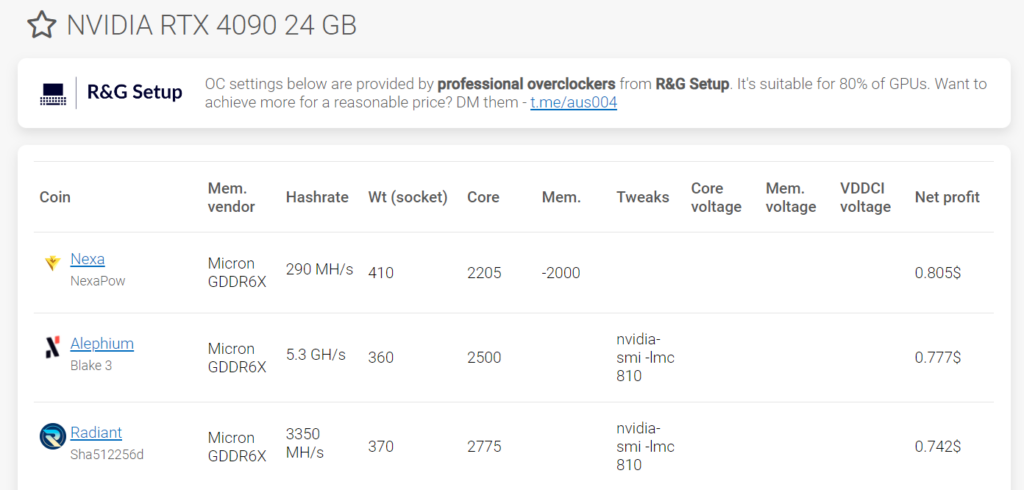
While the profitability of mining varies based on the cryptocurrency, market conditions, and difficulty level, solar power can enhance profitability by reducing operational costs. Remember, in today’s competitive mining environment, with reduced rewards and increasing difficulty, every saved dollar impacts the bottom line.
Tax Incentives and Rebates
Many regions offer tax credits, rebates, and incentives for installing solar systems, further reducing the effective cost of your setup.
4. Online Tools and Calculators:
To get a tailored estimate for your specific situation, online tools like those on Solar-Estimate.org can be invaluable. These platforms consider local climate data, roof measurements, current electric rates, and solar system costs to provide a customized cost and savings estimate.
From vast desert installations to small-scale backyard setups, many have reaped the benefits of solar crypto mining. Their stories serve as inspiration and proof of the viability of this sustainable mining method.
Real-world Successes: Solar Crypto Mining in Action
The fusion of solar energy and cryptocurrency mining is more than just a theoretical concept; it’s a reality that many have already embraced. Let’s explore some real-world examples of individuals and enterprises that have successfully integrated solar power into their crypto mining operations.
Did you know? Over half of Bitcoin's mining is sun-powered.
VoskCoin’s Solar-Powered Mining Farm

One of the most notable examples in the crypto community is the initiative taken by VoskCoin, a popular cryptocurrency and mining YouTube channel. The team recently acquired a 100-acre property with the vision of building a vast solar-powered Bitcoin and crypto mining farm. This endeavor is not just about harnessing solar energy for mining but also about creating a sustainable living space. The entire journey, from the acquisition of the land to the construction of the solar mining infrastructure, is being documented and shared with their audience, serving as an inspiration for many.
Aspen Creek’s Solar-Powered Bitcoin Mining
Aspen Creek Digital Corp. (ACDC) is another shining example in the realm of solar-powered crypto mining. This innovative enterprise raised $8 million in a Series A funding round to bolster its solar-powered Bitcoin mining operations. Such significant investments underscore the growing confidence in the fusion of renewable energy and cryptocurrency mining.
Solar Crypto Mining: Gazing into the Future
As we stand at the crossroads of environmental challenges and the digital revolution, what does the future hold for solar crypto mining? Let’s embark on a journey into the potential scenarios and developments we might witness in the coming years.
1. Mainstream Adoption
As the environmental impact of traditional crypto mining becomes more pronounced, there will be a push, both from within the crypto community and external stakeholders, towards more sustainable practices. Solar energy, being one of the most accessible and abundant renewable sources, will play a pivotal role in this transition. We can expect a surge in the number of miners, both individual and institutional, adopting solar-powered setups.
2. Technological Advancements
The solar industry is continuously evolving, with research and development leading to more efficient and cost-effective solar panels and storage solutions. As these technologies become more advanced, the efficiency of solar crypto mining operations will increase, further reducing the operational costs and boosting profitability.
3. Decentralized Energy Grids
The future might see the rise of decentralized energy grids powered by solar and other renewable sources. Crypto miners could potentially become energy producers, feeding excess energy back into these decentralized grids, creating a symbiotic relationship between energy consumers and producers.
4. Regulatory Support
As governments worldwide recognize the importance of renewable energy, there might be increased regulatory support in the form of incentives, tax breaks, and grants for those integrating solar energy into their operations, including crypto mining.
5. Diversification of Mined Cryptocurrencies
With reduced operational costs, miners using solar energy might explore mining a broader range of cryptocurrencies, including newer and less energy-intensive coins. This diversification could lead to a more robust and resilient crypto ecosystem.
6. Community-driven Initiatives
The crypto community is known for its collaborative spirit. We might witness the rise of community-driven solar mining farms, where individuals pool resources to set up large-scale solar-powered mining operations. These initiatives could be crowdfunded, ensuring shared costs, risks, and rewards.
7. Educational and Awareness Campaigns
As more success stories emerge about solar crypto mining, there will be concerted efforts to educate the broader public and crypto enthusiasts about its benefits. Workshops, online courses, and seminars might become commonplace, driving further adoption.
8. Global Collaborations
Countries rich in solar resources might collaborate with tech hubs to establish global solar crypto mining centers. These collaborations could be public-private partnerships, harnessing the strengths of both sectors.
Conclusion
In the ever-evolving landscape of technology and finance, the convergence of solar energy and cryptocurrency mining stands out as a beacon of innovation. This union represents more than just a marriage of convenience; it’s a testament to humanity’s resilience, adaptability, and relentless pursuit of sustainable solutions in the face of mounting challenges.
Solar crypto mining is not a mere alternative; it’s a clarion call for the future. It challenges the status quo, urging us to rethink our energy consumption patterns and redefine the boundaries of what’s possible. By harnessing the sun’s boundless energy, we are not only mitigating the environmental concerns associated with traditional mining but also laying the foundation for a more equitable and sustainable digital economy.
As we reflect on the journey of solar crypto mining, from its nascent stages to its promising future, it’s evident that this is just the beginning. The road ahead is paved with opportunities, innovations, and collaborations that will shape the trajectory of both the renewable energy and cryptocurrency sectors.
In essence, solar crypto mining is more than a technological feat; it’s a symbol of hope. It embodies the promise of a world where technology and nature coexist harmoniously, driving progress while preserving our planet. As we stand on the cusp of this new era, one thing is clear: the future is bright, and it’s powered by the sun.
FAQs
Is solar crypto mining truly profitable?
Yes, while there’s an initial investment, the long-term savings and environmental benefits make it a profitable venture.
How many solar panels are needed for a mining rig?
The number varies based on the rig’s power requirements and the location’s solar potential.
Can I integrate solar crypto mining with my home’s existing solar setup?
Absolutely! With the right equipment and setup, you can seamlessly integrate crypto mining with your home’s solar infrastructure.
